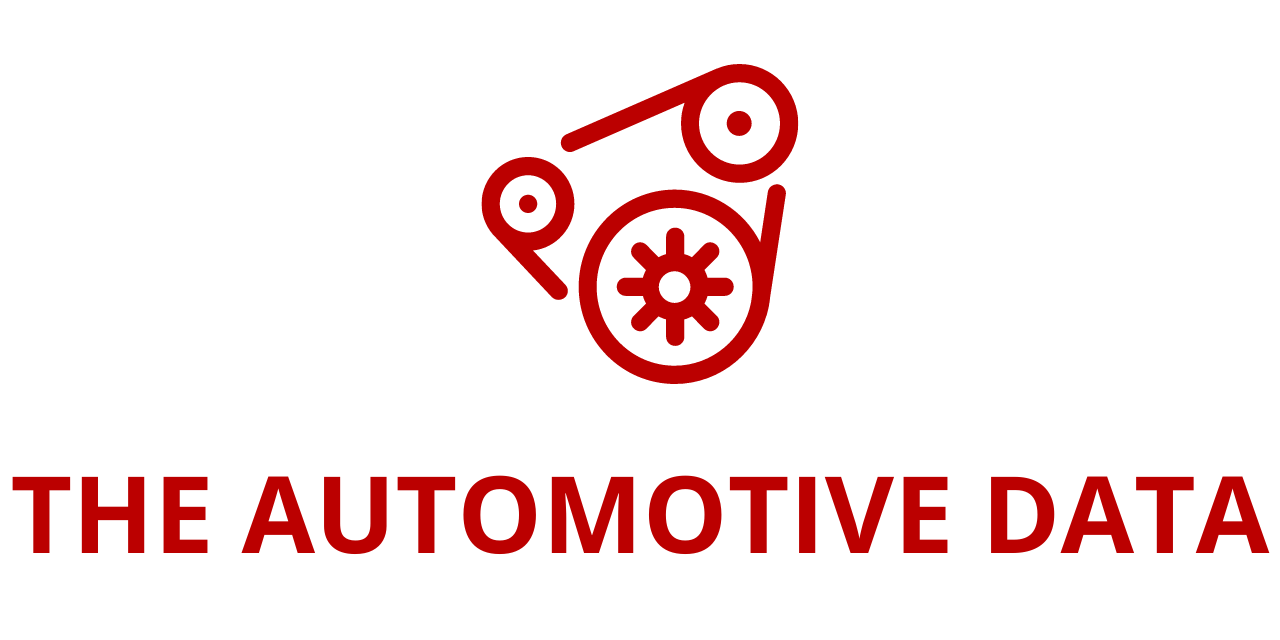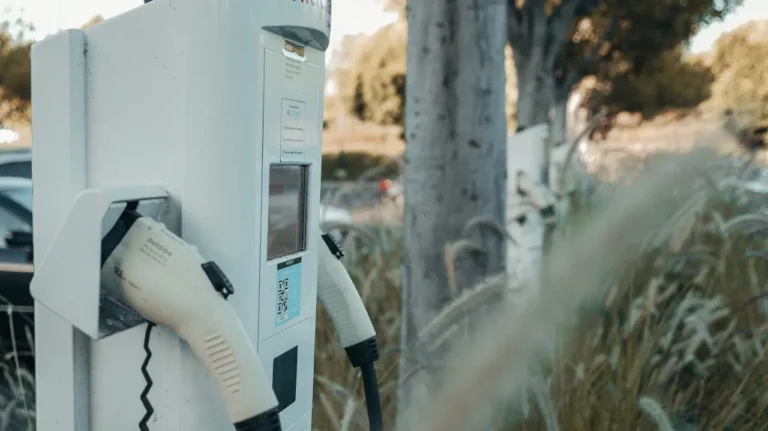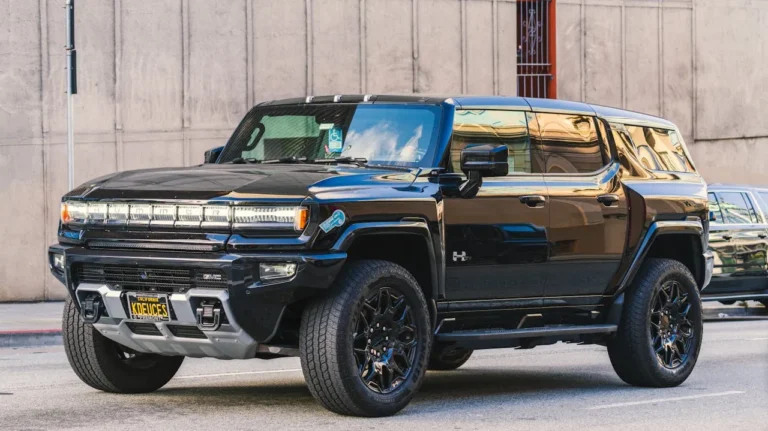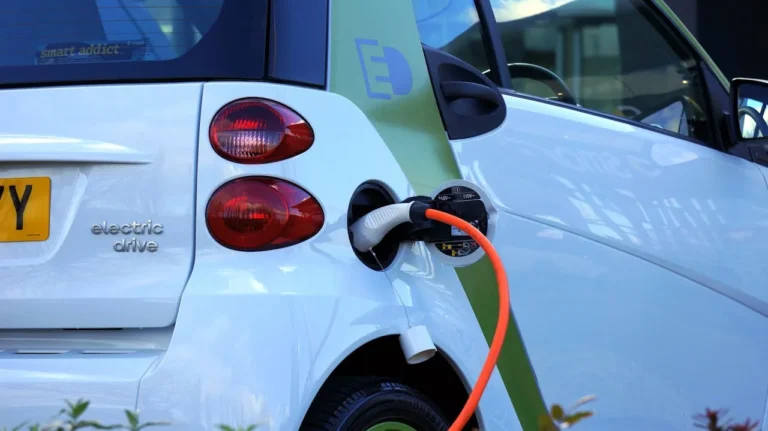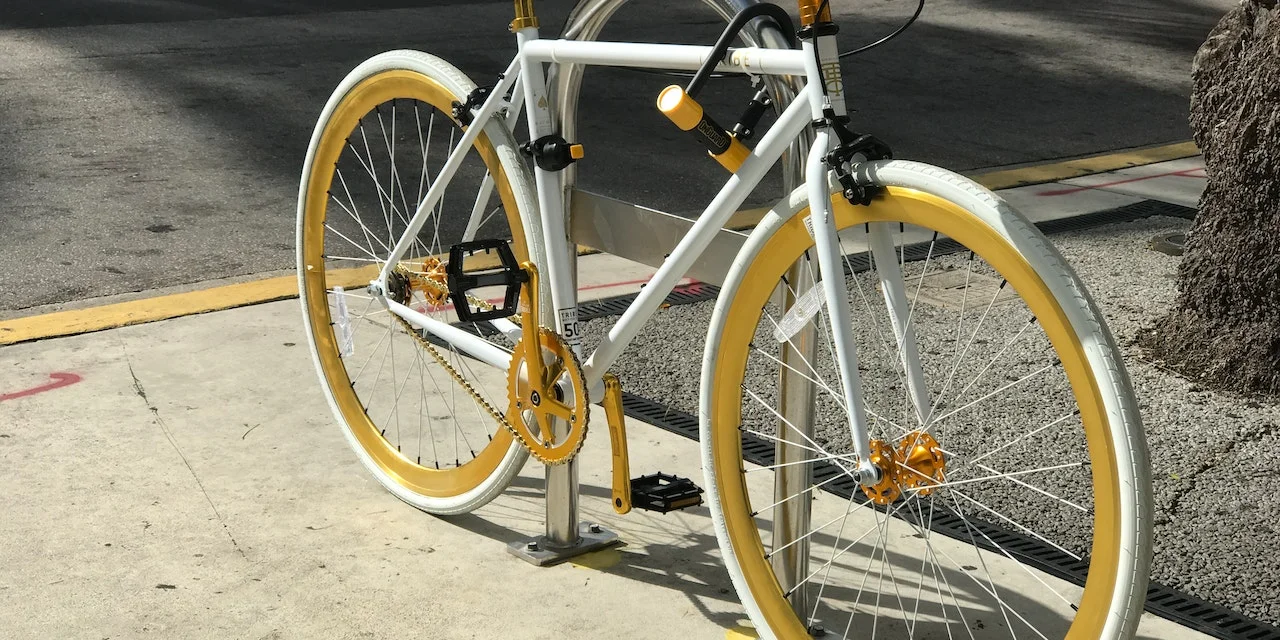
The study period is 2018-2030, with 2022 as the base year and 2023-2030 as the forecast period.
An increasing number of E2W start-ups are in the market, especially those importing cheap components and selling low-quality vehicles. Most traditional internal combustion engine (ICE) two-wheeler (2W) original equipment manufacturers (OEMs) have yet to enter the E2W market. With E2W technology nascent and dominated by start-ups, it attracts entities from other industries to enter the market.
Since E2Ws have 50% fewer components – mainly controlled by software – compared to ICE 2Ws, it requires fewer tools and lesser time to repair and maintain. E2W start-ups seek to reduce operation costs and scale faster to avoid a cash crunch and attract new investors.
Companies in this market are also exploring new business models, such as direct-to-customer sales and services, to eliminate physical shops since they can perform E2W maintenance remotely and with doorstep repair service. Other aspects OEMs scrutinize to expand across regions faster with less investment include online sales, doorstep test rides, and distributor partnerships.
Countries in Asia and Latin America (LATAM) offer simplified import policies to promote E2W adoption. Governments should impose stricter import policies and homologation rules to set quality standards. Developing economies are creating favorable policies and regulations for players to encourage the building of an electric vehicle (EV) ecosystem. Leading E2W OEMs strive to strengthen the EV supply chain with governments to make the country an EV hub.
Regions covered include North America (United States and Canada), LATAM (Brazil and Colombia), Europe (United Kingdom, Italy, Spain, France, and Germany), and Asia (India, Indonesia, Thailand, Vietnam, China, Taiwan, and Japan). Other regions and countries, such as Africa and Mexico, are mentioned in specific slides to provide more broad coverage for particular topics.
Growth Opportunity Analysis
- Growth Opportunity 1: Component Technology Advancements
- Growth Opportunity 2: E2W Battery-swapping Technology
- Growth Opportunity 3: Bike Taxis and Last-mile Delivery
Other vital information includes:
- Top 10 trends
- Segmentation by region and type (eMoped, eMotorcycle, eScooter)
- Leading OEMs
- Business models
- Components ecosystem
Key Topics Covered:
1. Strategic Imperatives
- Why Is It Increasingly Difficult to Grow?
- The Strategic Imperative
- The Impact of the Top 3 Strategic Imperatives on the E2W Industry
- Growth Opportunities Fuel the Growth Pipeline Engine
2. Growth Environment
- Global E2W Market Snapshot
- Selected E2W Models and Their Motor Architecture
- Comparative Analysis of the Top 3 Entry-level E2W OEMs
- E2W Market Value Chain
- Ecosystem Representation
- E2W Growth and Penetration Analysis: Leading Countries
- Leading Competitors by Segme
